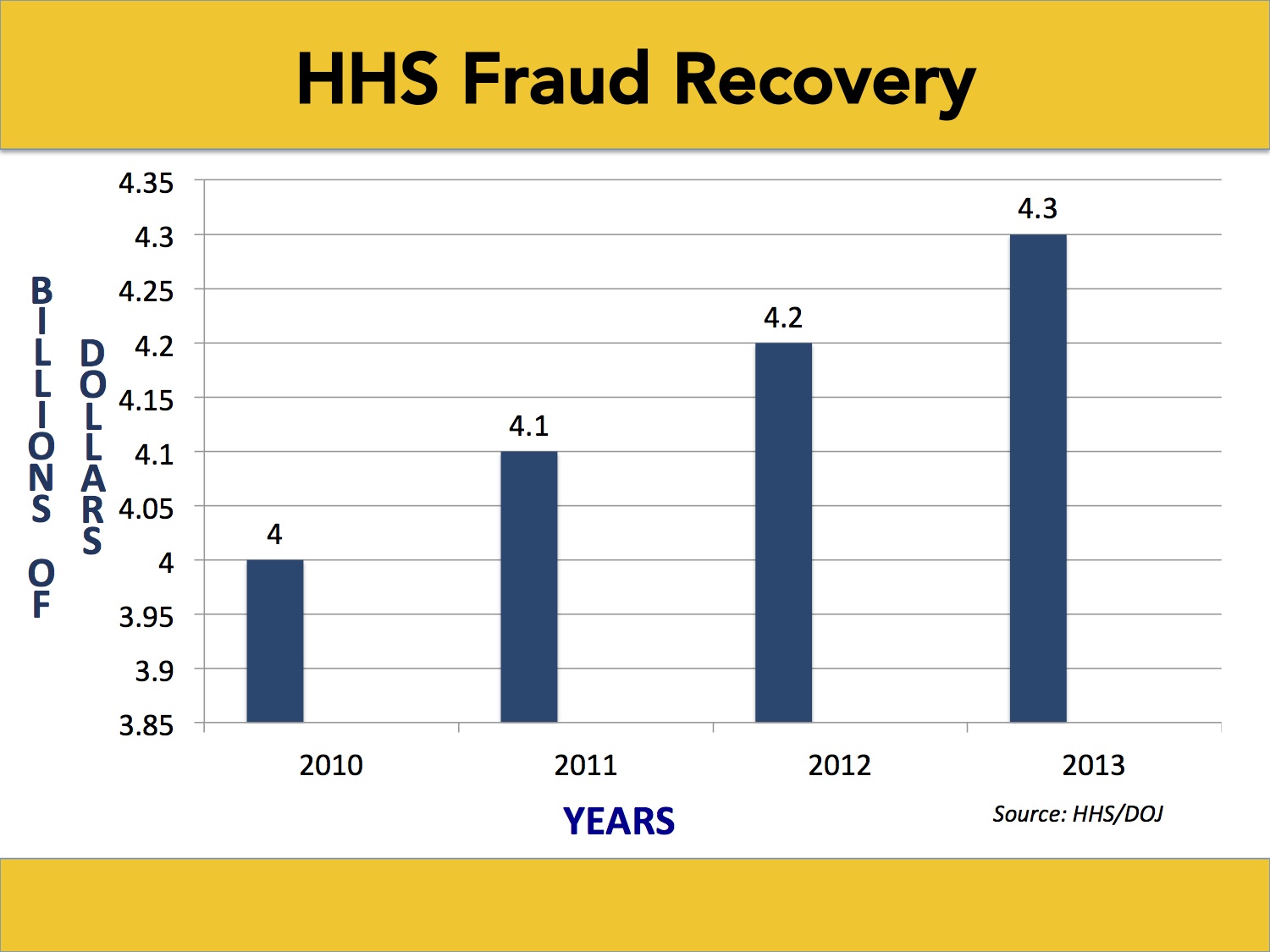Compliance Program: What is the Value?
The value placed on a compliance program varies greatly with perspective and remains difficult to define. Obviously, the purpose of a compliance program is to prevent and deter wrongdoing. A strong program preempts problems. However, it is difficult to know what might happen in the future or what could have gone wrong in the past. Successful steps taken in the interest of cost avoidance will not reveal a negative outcome averted. Think of vaccines, insurance policies, and other proactive measures for comparison.
Implementing a compliance program may seem like a daunting task. Frustrated providers and executives often express that a compliance program will take too many resources. And the immediate needs of patients and day-to-day operations seem to keep the compliance program on the back burner. This is understandable because the ROI of a compliance program is not easily calculated.
As a result, compliance officers often face the challenge of proving the value of the program. Moreover, there are many steps necessary to comply with all regulations in health care and an effective compliance program requires time and resources that are likely allocated to other priorities within the organization. Nevertheless, an effective compliance program is crucial to the existing operations of the business.
The Costs of Being Reactive
Keeping compliance on the to do list and following up only after a problem exists can be costly, as found in the bench mark study conducted by Ponemon Institute, titled the “True Cost of Compliance.”
Within the healthcare industry, the focus has increasingly turned toward compliance, and there are multiple regulations that prompt the need for implementation of an effective program.[1] Awareness of healthcare compliance has increased due to higher penalties for violations regarding privacy and security and greater scrutiny of fraud, waste, and abuse. Also, many payers require providers to attest to training and screening employees and other risk mitigating steps.
A reactive approach to compliance has many costs:
- It’s the law, so criminal charges come into play. Enforcement has been increased over the last several years. The news is full of recent cases, just check the OIG’s section of enforcement actions.
- Reputation matters more than ever.[2] News travels fast in the digital world and a physician’s reputation has a direct impact on the success of the practice. Most patients check their providers out online.
- Patient outcomes may be affected by lack of safety. For instance, click here to read the January 22, 2016 Yahoo! Health article titled “Most Nurses Don’t Follow Staph Prevention Rules.”
- The impact may be monetary via fines and penalties. Take a look at the possible fines below or get an idea about what’s at stake.
False Claims Act – Up to 3X the programs’ loss plus $11,000/claim
Anti-Kickback Statute – Criminal fines, jail time and/or exclusion from Federal programs
Stark Law – Potential for exclusion; potential false claims liability; civil monetary penalties of $15,000 for knowingly presenting or causing another to present an improper claim, and up to $100,000 for scheming to circumvent the regulations
Civil Monetary Penalties Law – The Office of the Inspector General seeks civil monetary penalties for Anti-Kickback and Stark violations, and false or fraudulent claims
HIPAA- Penalties for noncompliance are based on the level of negligence and may be up to $50,000 per violation, with a maximum penalty of $1.5 million per year
As an example, the University of Washington Medicine recently agreed to settle for $750,000 for violations of the HIPAA Security Rule. For more information, click here.
OSHA- Fines vary.
The Benefits of Being Proactive
Taking the important steps to implement a compliance program will put your organization in a defensible position. Having proof that appropriate time and resources have been spent on compliance will go a long way to mitigate expensive fines and penalties.
Although much of compliance is about risk avoidance, the best value can be found in the less objective measures. Some benefits may even be considered a silver lining and noticed only after a compliance program is in place.
Here are a few of the reasons a compliance program is good business:
1) Staff confidence and morale will benefit from extra training and knowledge. “Knowledge is power”, one of our core beliefs at First Healthcare Compliance, is especially applicable in any medical setting. Your staff is your frontline, so place them in a position to succeed.
2) Showing your commitment to high ethical standards creates positive relationships with community and staff. Showing that you’ve committed time and resources to compliance is a mitigating factor if you ever face scrutiny, but more importantly, that commitment shows the world that you believe in doing things the right way.
3) More information leads to better decisions. Having a full compliance program in place leads to better communication and uncovering potential problems. This is positive for the health of your practice and your peace of mind.
[1] Goodman, Louis, PhD. (2013). “Healthcare Is Turning Into An Industry Focused On Compliance, Regulation Rather Than Patient Care.” Forbes.
[2] Luginbill, John ( 2013). “3 reasons why a physician’s online reputation is essential.” Ragan’s Healthcare Communication News.







